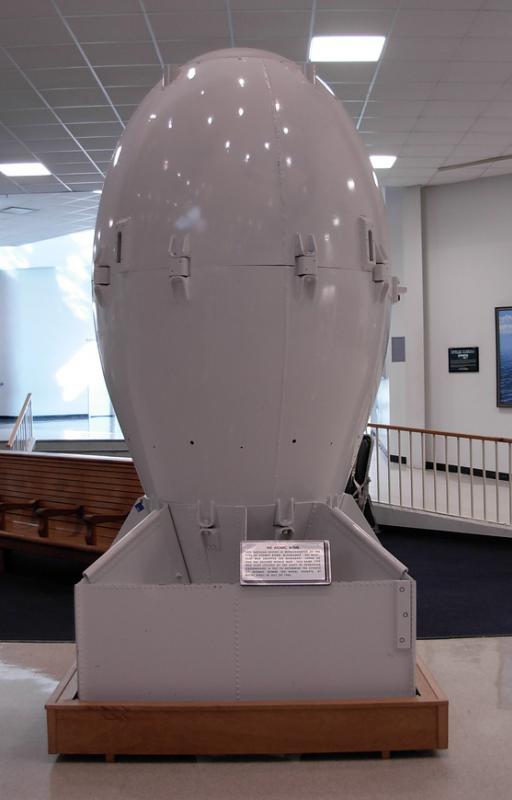At WiseGEEK, we're committed to delivering accurate, trustworthy information. Our expert-authored content is rigorously fact-checked and sourced from credible authorities. Discover how we uphold the highest standards in providing you with reliable knowledge.
What are Radiological Dispersion Devices (RDDs)?
Radiological Dispersion Devices (RDDs) are devices which are designed to spread sublethal radioactive material across a wide area, with the goal of creating fear and economic chaos. You may also hear RDDs referred to as Radiological Dispersal Devices, and some people use the term “dirty bomb” to describe such devices, although a dirty bomb is only one form of an RDD. Due to their nature, RDDs are most likely to be used by terrorist organizations, rather than organized militaries.
The idea of the use of such weapons was raised early in the 1940s, even before the devastating nuclear explosions at Hiroshima and Nagasaki. A number of concerned scientists pointed out that radiological warfare could become a serious issue, thanks to the fact that many radioactive materials are relatively easy to acquire, and a well-designed RDD could generate a great deal of chaos.

Unlike nuclear weapons, RDDs are not really designed to kill people or cause long-term injury, although the dispersal method used may cause casualties. The primary goal is to strike fear into the populace, taking advantage of the fact that many people have deep-seated fears about radiation and radioactive devices. This fear would in turn trigger economic panic and chaos, as governments struggled to clean up after the RDD while trying to calm the populace.
In the case of a dirty bomb, an RDD uses conventional explosives to hurl radioactive material across the target area. However, RDDs can potentially penetrate the soil, groundwater, or air to spread radiation as well. For example, radioactive material could be released from aircraft, or buried in areas of agricultural importance to contaminate the food supply. With these stealthy techniques, it might take people some time to realize that an RDD had been deployed, making it even more difficult to contain.
Most governments have plans in place for dealing with RDDs, and these plans include extensive training of first responders and medical personnel. There is also global agreement on the fact that radiological materials need to be carefully controlled and contained, with many nations using extensive protocols to ensure that such materials do not fall into the wrong hands. Some cities also use monitoring programs to check for signs that an RDD may be in the process of being constructed or deployed, using radiological “sniffers” to check for unusually high levels of radiation.
AS FEATURED ON:
AS FEATURED ON:











Discuss this Article
Post your comments